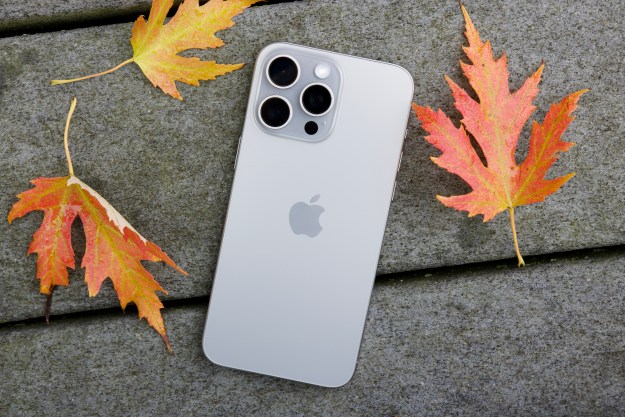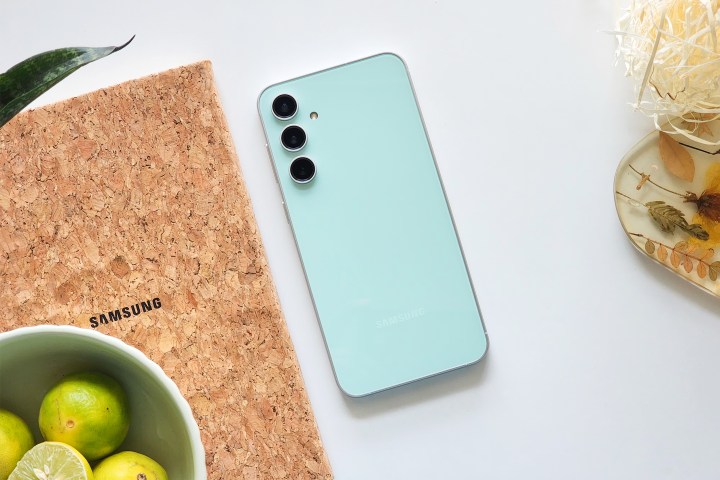
Samsung has a new Galaxy S23 model out, and it’s called the Samsung Galaxy S23 FE. It’s a slightly watered-down version of the regular Galaxy S23 with a lower price tag to match, but why is it called an “FE”?
Some of you probably already know this stands for Fan Edition, but you may not be aware of its unusual beginnings. And once you do understand, it makes Samsung’s continued use of the name quite unusual.
When it all began
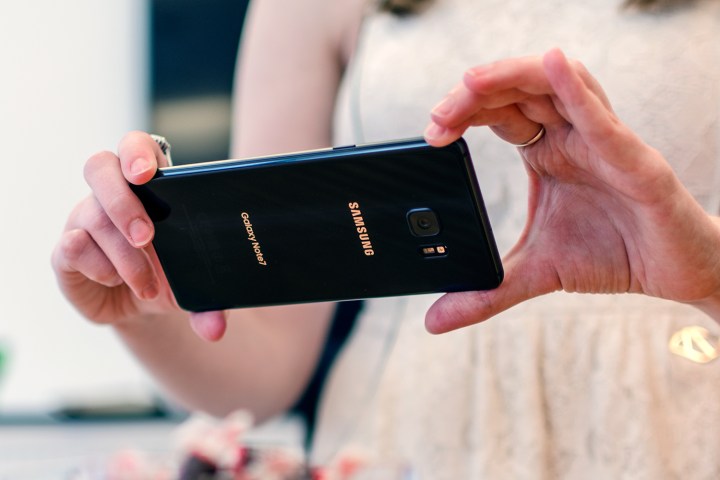
To tell the story of the FE name, we need to wind the clock back to mid-2016 when Samsung introduced the Galaxy Note 7. What should have been a successful continuation of the popular “phablet” line turned into a nightmare when reports about the Note 7 bursting into flames began to crop up. Far from a few isolated incidents, the problem was so serious the Federal Aviation Administration (FAA) even went on to ban Galaxy Note 7 phones from U.S. flights.
The problem was traced to the battery, and Samsung recalled the phones and discontinued the Galaxy Note 7 entirely. What could have been the death knell for not just the Galaxy Note line, but for Samsung’s phone efforts in general, was avoided with some strong PR action and reassurance from the company about the future. However, Samsung was still left with a lot of Galaxy Note 7 smartphones, some of which were in danger of exploding, and a fan base hankering for a model that didn’t.
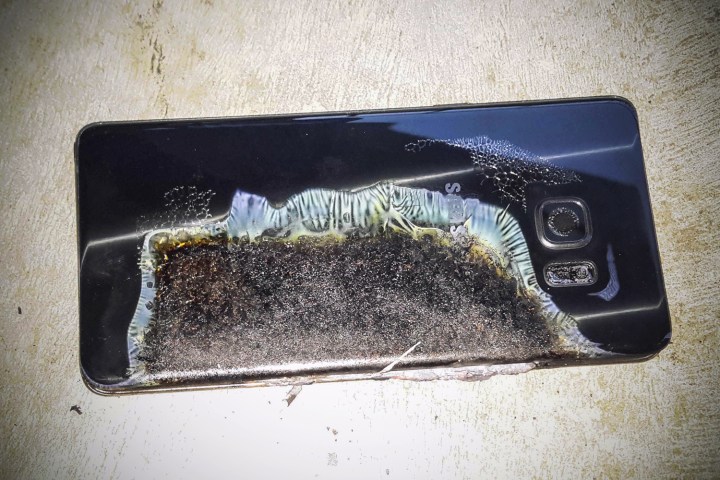
What could Samsung do? It dreamt up the Fan Edition name, and in July 2017, it released the Galaxy Note FE for those who had been waiting for a new Note phone.
The Note FE was made from the leftover Galaxy Note 7 phones, with a new, safer battery that had gone through an “eight-point battery safety inspection” to put everyone’s mind at rest. Samsung billed it as an “eco-friendly project” aimed at minimizing e-waste from its unused phones and eventually made 400,000 Galaxy Note FE phones. Most were released in South Korea.
The FE name was not a one-off
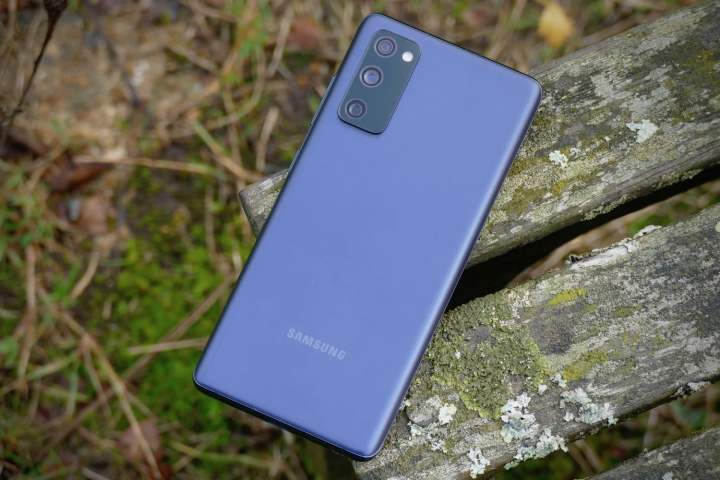
The Galaxy Note series was always a crowd-pleaser (may it rest in peace), and Samsung has long said those who purchased a Note phone were among its most loyal customers. Making a Fan Edition of the ill-fated Galaxy Note 7 made sense. However, instead of using the FE as a full stop on the Note 7 debacle, it has lived on.
Since the Note FE, Samsung has launched a wide range of FE devices, and not just phones either. We’ve seen everything from the Galaxy S20 FE to the Galaxy Tab S9 FE and even a pair of Galaxy Buds FE. None of these devices were part of a recall, none were banned by the FAA, and as far as we know, great quantities of them haven’t burst into flames either. Yet the FE name is attached, and it still stands for Fan Edition.
Samsung seems to know it’s a confusing name, and it even has a webpage dedicated to explaining what FE means. Apparently, FE phones are a reaction to you speaking and Samsung listening. The company takes your feedback with each new generation of devices, then makes a new one “packed with all your favorite features” and slaps the FE name on it. There is some artistic license here, but it’s not that far away from the name’s real origins. However, the page conveniently ignores how the name first came about. Funny that.
Why is it still used?

The FE name’s beginnings aren’t really something a company would want to remember, and despite it being used today, the name did disappear for a moment, as if Samsung wanted to put it all in the past. In 2019, Samsung used the Lite name for its simpler, cheaper models in the Galaxy Note 10 and Galaxy S10 range. But apparently, focus groups told Samsung the Lite name made them think the phones were basic, and in response to this, it resurrected the FE name for the basic S20 model in 2020.
It was unexpected, but the company either found the FE name resonated with people or was obscure enough that people didn’t really understand what it meant — and therefore had no reason to equate it with the cheapest model in a popular range. Either way, the FE name has probably lost most of its “fan edition” meaning today, as we’re not sure all that many “fans” are crying out for cheap versions of the phones they are truly lusting after.
Does this mean you should ignore Samsung’s FE phones or worry one will blow up on a future flight? No, on both counts. Samsung’s FE series are simply less expensive versions of its most popular devices, usually with a few specification differences to help get the price down, but they are still high quality, desirable Samsung devices with everything you expect on the software, hardware, and support sides. It’s just now you know the true beginnings of the FE name.
Editors' Recommendations
- 5 phones you should buy instead of the iPhone 15
- Every Samsung gadget we still expect in 2024
- 5 phones you should buy instead of the Samsung Galaxy S24
- A new version of the Samsung Galaxy S24 could be coming soon
- Galaxy AI is now available for these other Samsung phones


